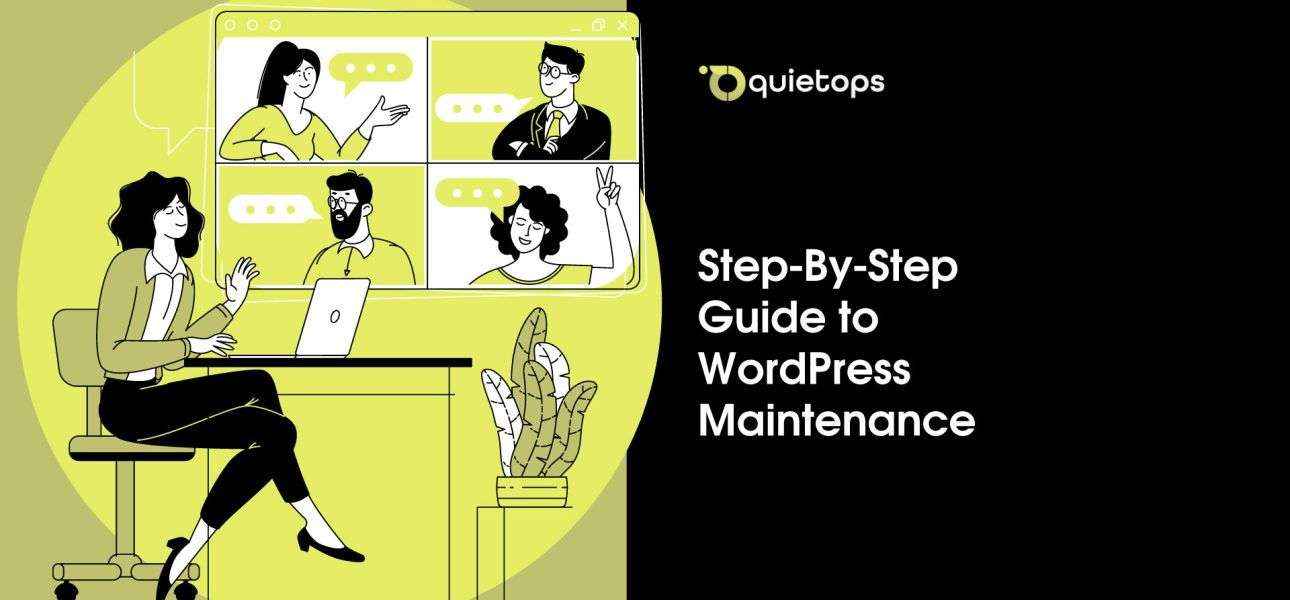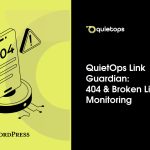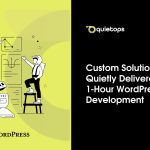WordPress is the most widely used website platform worldwide, powering more than 40% of the internet. The daily maintenance of a WordPress website, however, is either an afterthought or a task that many professionals, freelancers, and business owners consider to be as easy as updating plugins. It isn’t. Beneath the surface, WordPress maintenance is fraught with difficulties and neglected problems that can subtly harm your reputation, online visibility, and financial results.
The practical issues that many people have with WordPress maintenance are described in this guide. This document is for you if you only touch your website when something breaks, or worse, if you don’t touch it at all.
1. Seldom Occurring Backups

Your safety net is a backup. However, a lot of WordPress users rarely or never backup.
- You could lose everything with just one hack.
- Backups aren’t always included by hosting companies, and they might only keep one version.
- Seldom are manual backups tested or scheduled.
When a freelancer manually updates a theme file, the website crashes. Recovery takes days if you don’t have a recent backup. Regular, automated, and offsite backups are essential. You are flying without a parachute if you don’t have them.
2. Revise Negligence

Updates address vulnerabilities in addition to features.
- The most common entry point for hackers is outdated themes and plugins.
- Compatibility problems accumulate rapidly.
- Many users put off updates indefinitely out of fear that they will cause problems.
For months, a company disregards plugin updates. One of them has a zero-day vulnerability that compromises the entire website. Ignoring updates is akin to leaving your door open. Establish a regular check-in to safely review and update.
3. Overload of Plugins

WordPress is made powerful by plugins, but more isn’t always better.
- Your site is slowed down by too many plugins.
- Conflicts arise when functions overlap.
- Plugins that are unsupported or abandoned put you at risk.
There are 38 active plugins on an e-commerce website. Checkout errors are caused by multiple conflicts with WooCommerce. Be picky. Unless it is necessary and maintained, every plugin is a liability.
4. Conflicts of Theme
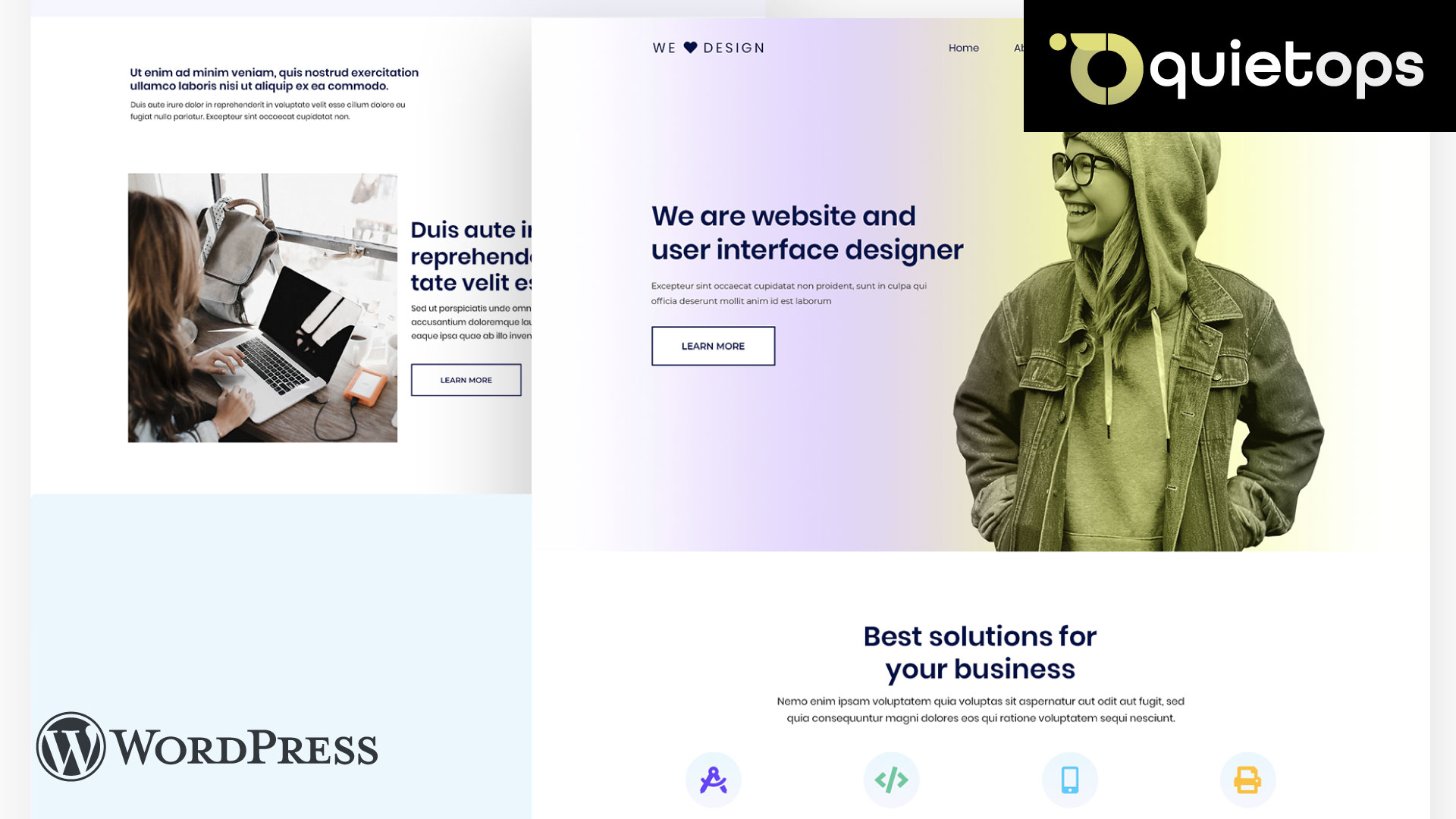
Your site’s theme determines how it looks, but making changes or changes can backfire.
- Custom code can be overridden by theme updates.
- Layout issues arise when poorly coded themes are used.
- Shortcodes and design settings are broken when themes are switched.
Theme settings are reset during a site upgrade, which results in broken formatting and inconsistent branding. Always test updates in a staging environment and stick to dependable themes.
5. 404 errors and broken links

Although most site owners are unaware of it, broken links annoy visitors and harm SEO.
- Pages with a lot of errors are penalized by Google.
- If there is no content available, visitors lose faith.
- Links in old blog posts are frequently out of date.
Every client sees a 404 page when they visit a consulting site that links to out-of-date PDF resources that were taken down months ago. To keep your presence professional, keep an eye on your links and conduct routine content audits.
6. Bloat in Databases

WordPress uses a database to store everything, but it can easily get cluttered.
- slows down your website.
- expands the size of the backup.
- may result in crashes when running large queries.
An oversized database causes a business blog with over 300 posts and years of revisions to lag to a crawl. Regularly remove unused tables, spam comments, and post revisions.
7. Unobserved Downtime

You risk losing leads, credibility, or sales if your website goes down without warning.
- Revenue is lost when outages are missed.
- Users might believe that you have shut down.
- SEO rankings are impacted by poor uptime.
Overnight, an event ticket website goes down for seven hours. Until customer emails start coming in, nobody notices. Make use of uptime monitoring tools. The first step to fixing is knowing.
8. Low-Speed Loading
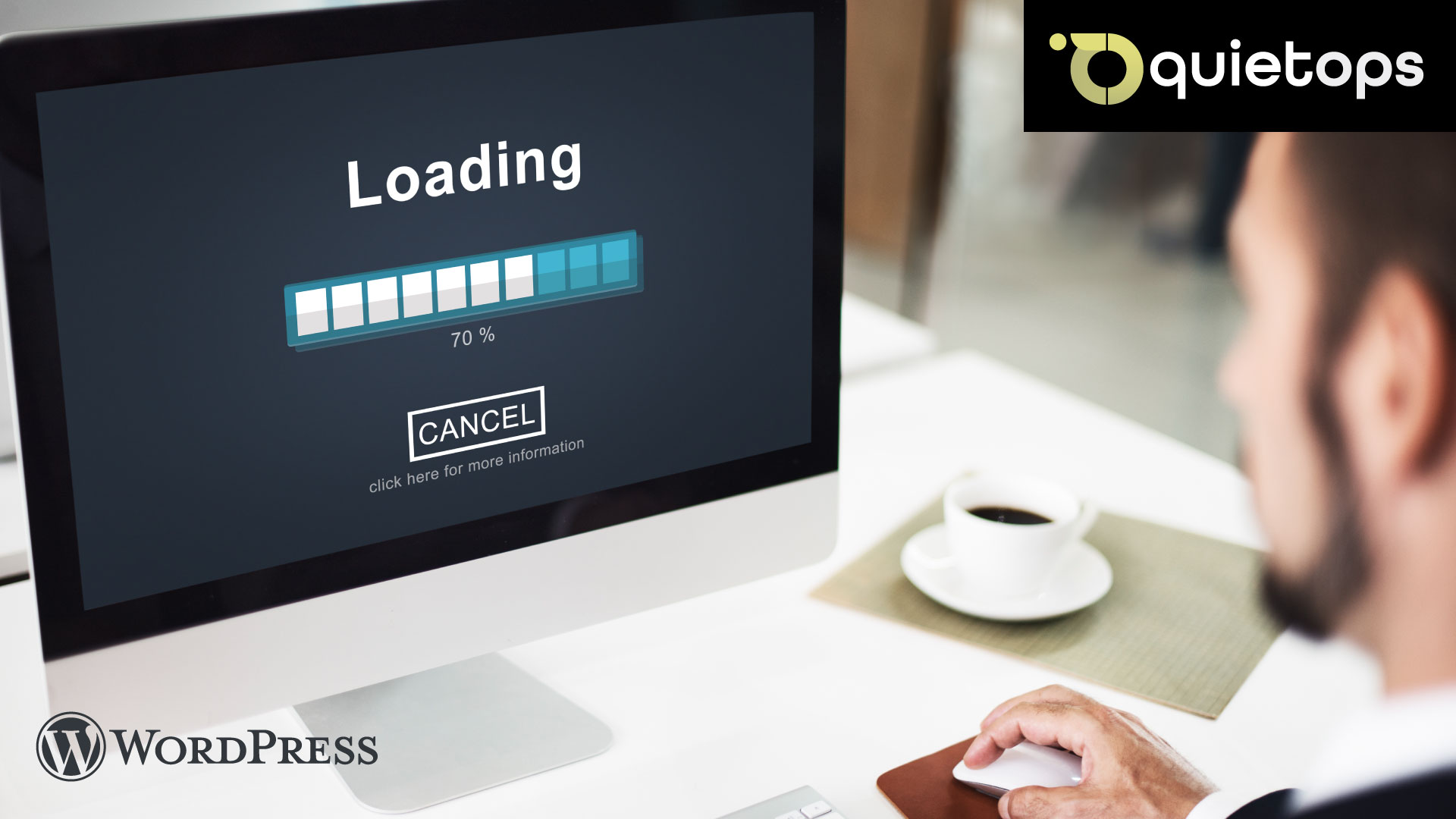
Traffic, conversions, and customer patience are all negatively impacted by a slow website.
- After three seconds, people depart.
- Slower pages are ranked lower by Google.
- Poor hosting or pages with a lot of images are common offenders.
It takes seven seconds for a coaching website to load. Before viewing any content, potential customers leave. User experience is speed. Review your hosting plan and optimize your media.
9. Inadequate Mobile Optimization

Although mobile devices account for the majority of web traffic, many WordPress websites still appear unusable on small screens.
- Mobile users are turned off by themes that are not responsive.
- Google penalizes websites that are not responsive.
- Forms or navigation might stop working.
A phone cannot read the menu on a restaurant website. Users of mobile devices depart right away. Always test and preview your website on tablets and phones.
10. PHP Versions That Are Outdated
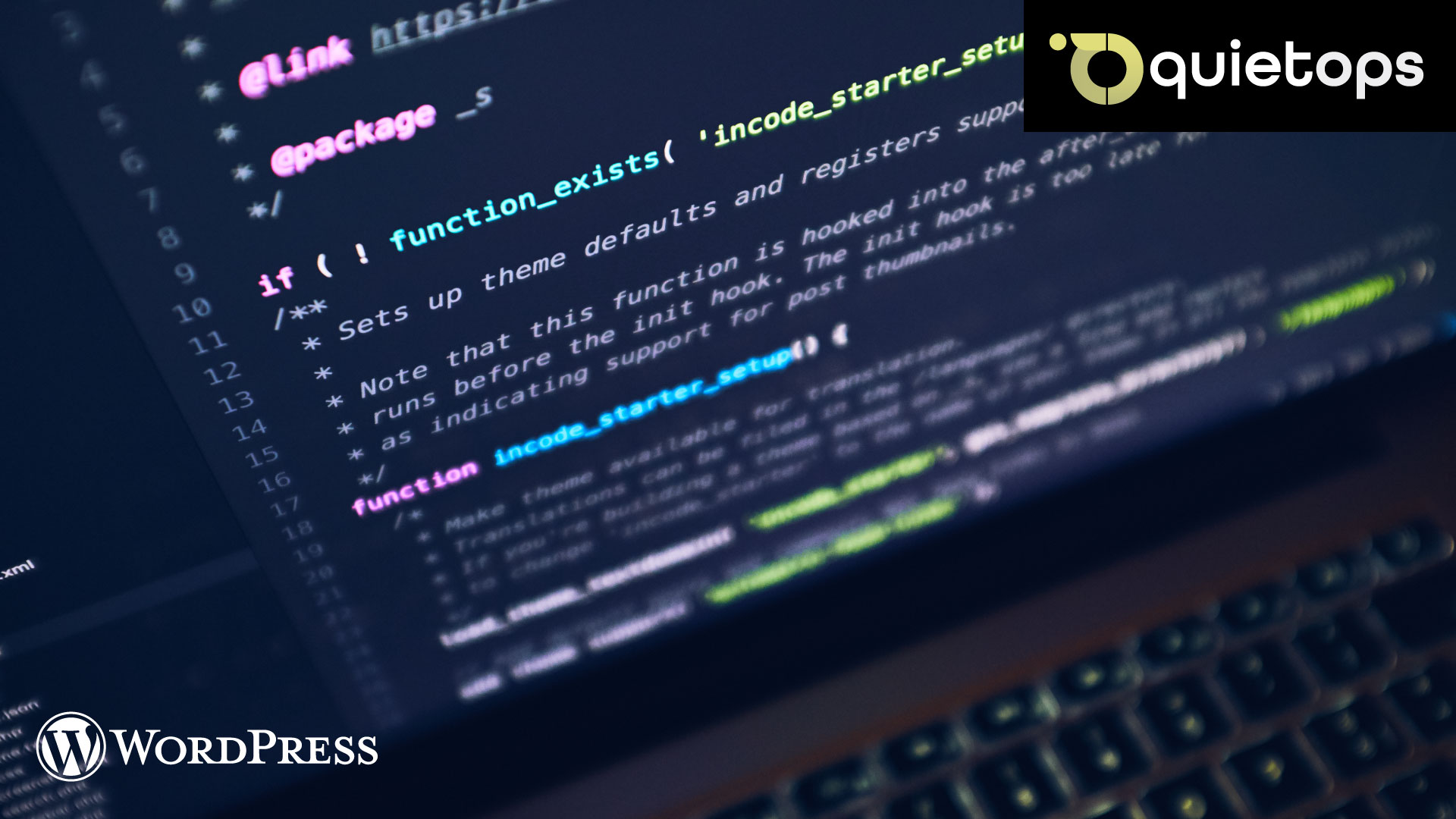
Although it is frequently invisible, the PHP version that powers your website is crucial.
- Older versions are unsafe and unsupported.
- Older PHP may not support newer themes or plugins.
- PHP isn’t always updated automatically by hosts.
When a new plugin needs PHP 8.0 but the server is still running PHP 7.2, the freelancer’s website crashes. Keep up with what WordPress suggests and be aware of the PHP version you are using.
11. Unprotected Administrator Accounts

Brute-force attacks frequently target WordPress admin logins.
- The username “admin” is a warning sign.
- Vulnerability is increased by shared or weak passwords.
- Without 2FA, hackers could gain complete access in a single leak.
A complete site takeover occurs when a marketing agency uses a shared login with weak credentials. The standard should be 2FA and strong, one-of-a-kind logins.
12.Poor Security Surveillance
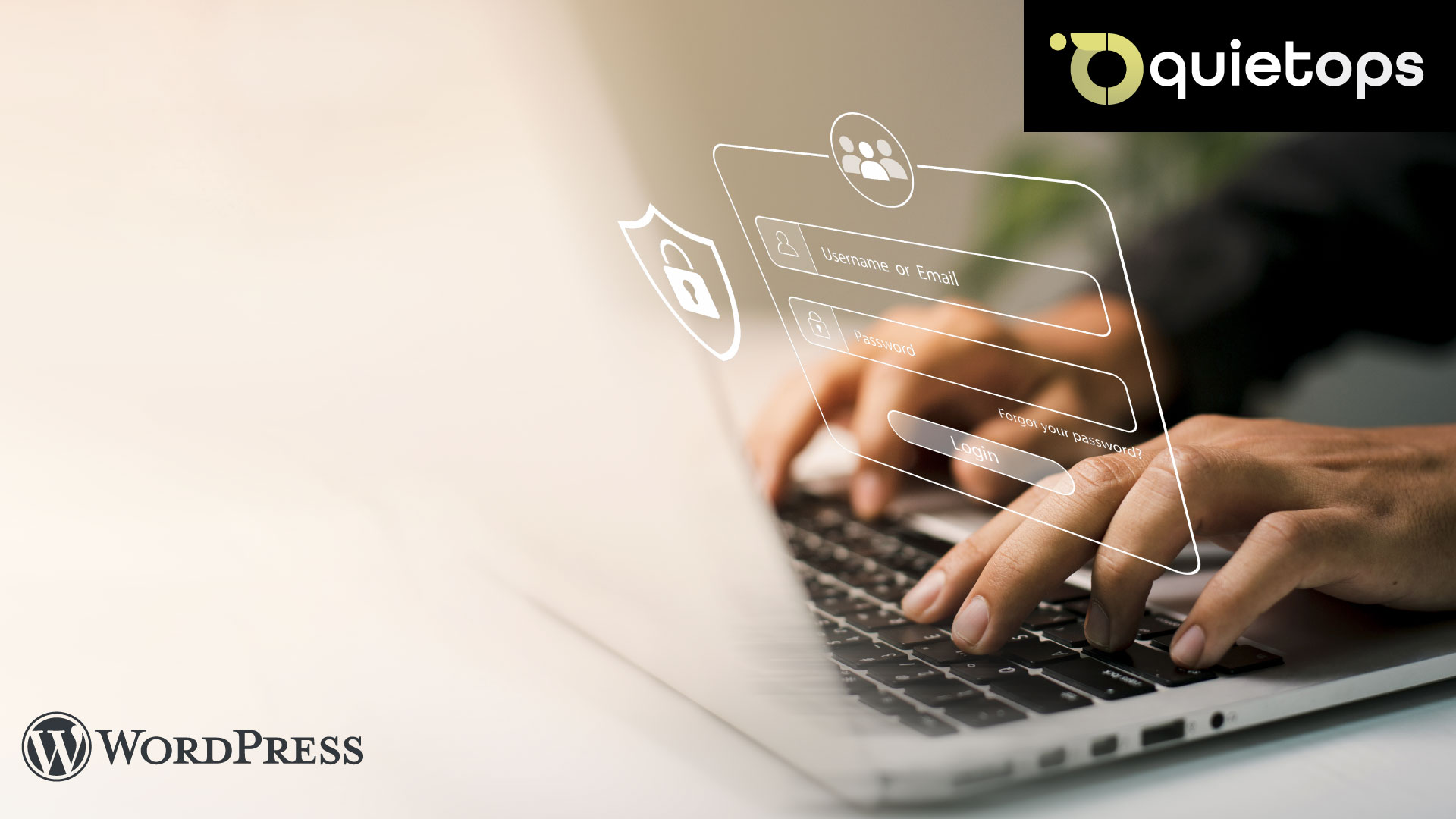
Until it’s too late, the majority of WordPress users are unaware that they have been compromised.
- It is possible for silent infections to remain undetected.
- Malware has the ability to insert spam links or steal customer data.
- Google might put compromised websites on its blacklist.
An infected website keeps running normally while surreptitiously sending users to phishing websites. You require constant observation. Not having any alerts does not imply that there are no issues.
13. SSL Expiration Ignored
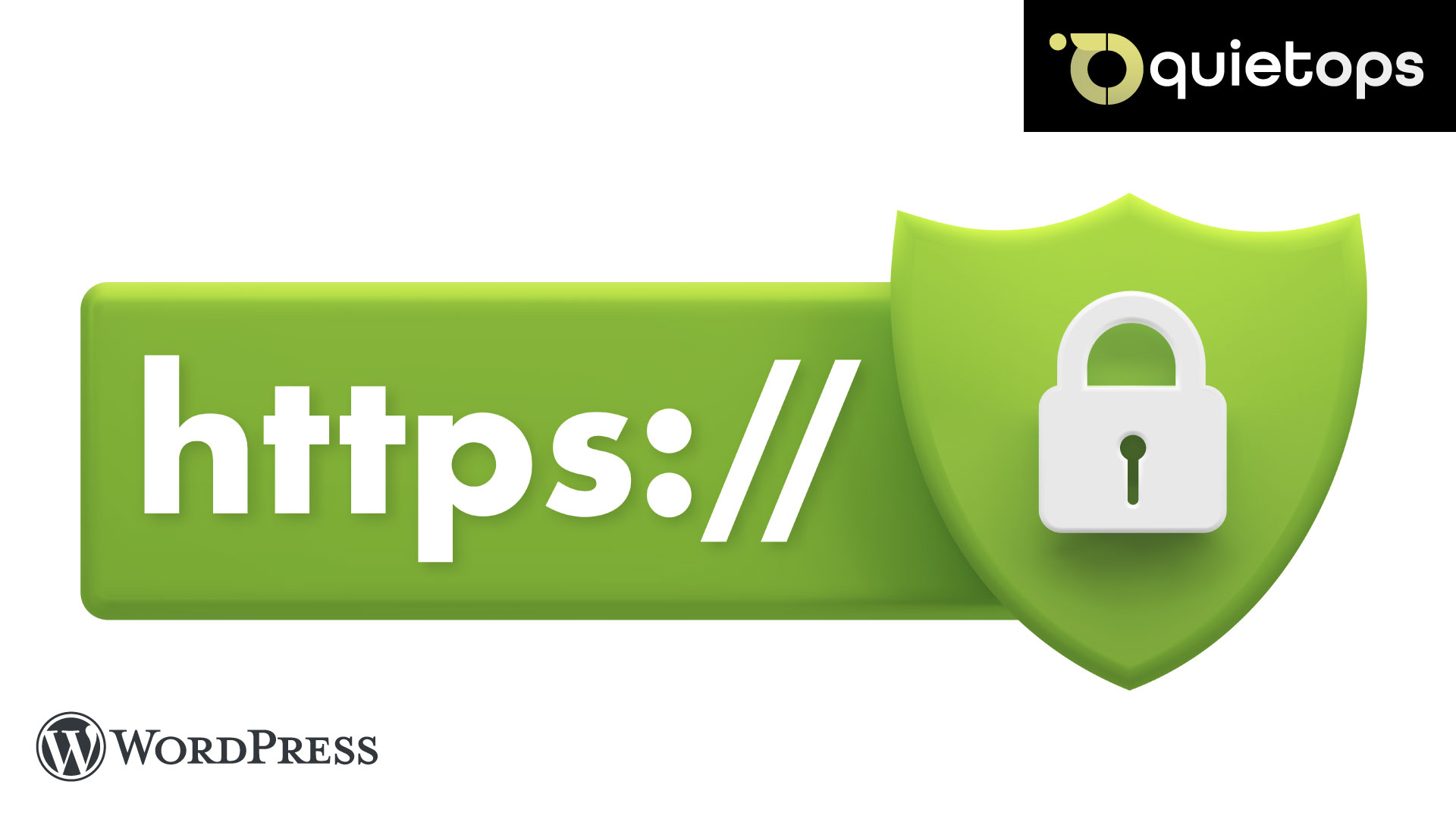
SSL protects your website, but unless you configure it to do so, it does not automatically renew.
- A site with an expired SSL appears unreliable.
- Access is blocked by browsers.
- SEO suffers.
Over the weekend, the SSL for a coaching website expired. After seeing a security warning, new leads departed. If at all possible, set up auto-renewal and calendar reminders.
14. Spam in Comments
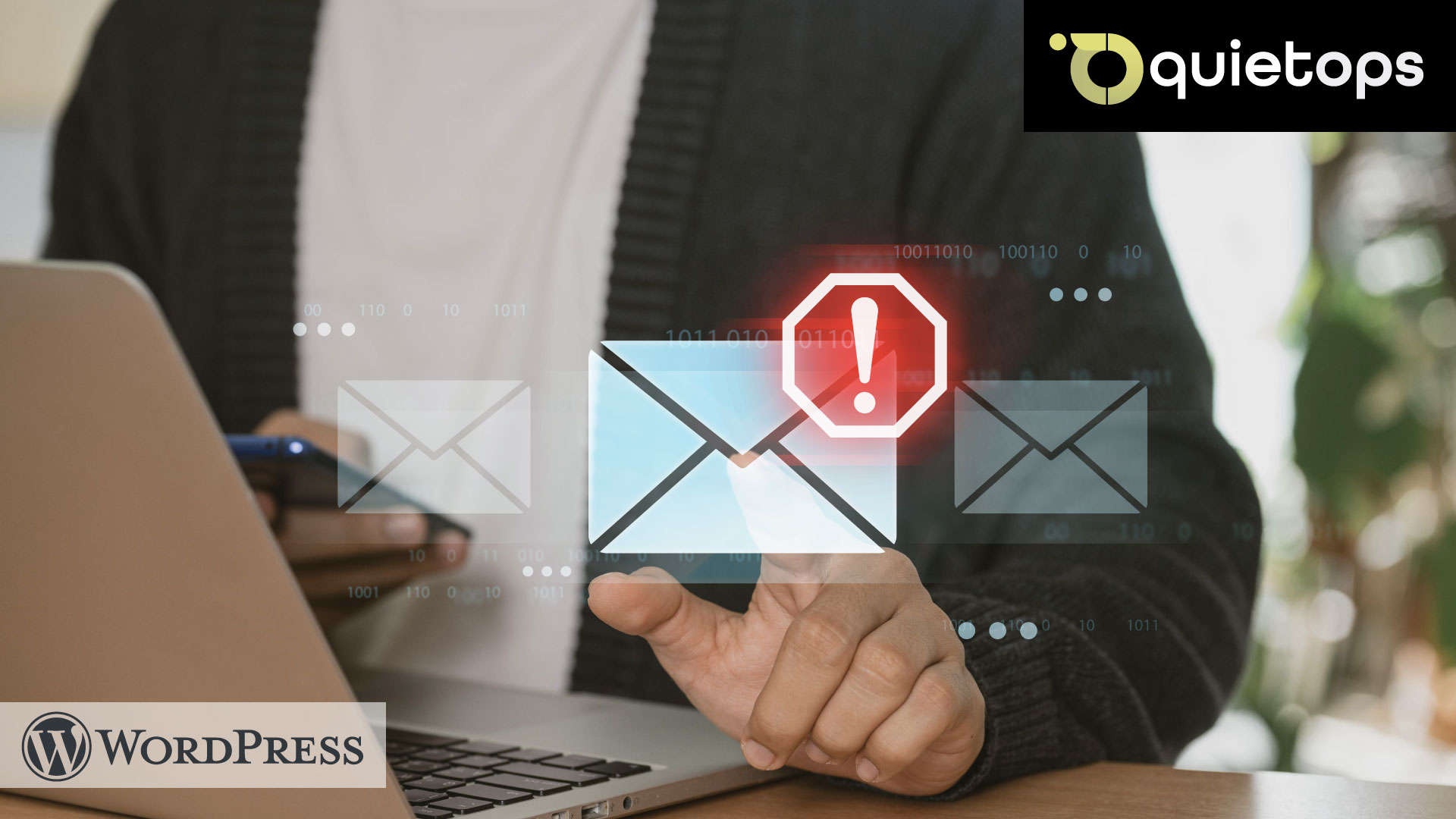
Comment sections can turn into a haven for spam and bots.
- undermines credibility.
- may contain harmful links.
- slows down pages with thousands of comments.
Five thousand spam comments on a personal blog, many of which link to pornographic material. Professional image is harmed. If comments are not being used, moderate them or turn them off completely.
15. Unknown Stage Settings

Although staging sites are important for testing, they are often overlooked.
- Google may still index it.
- Teams are confused by outdated staging sites.
- may turn into hacker backdoors.
A live website is acceptable, but its previous staging copy is compromised and available to the public. Clear out outdated staging copies and limit access to the ones that are currently available.
16. Slow Decline in SEO
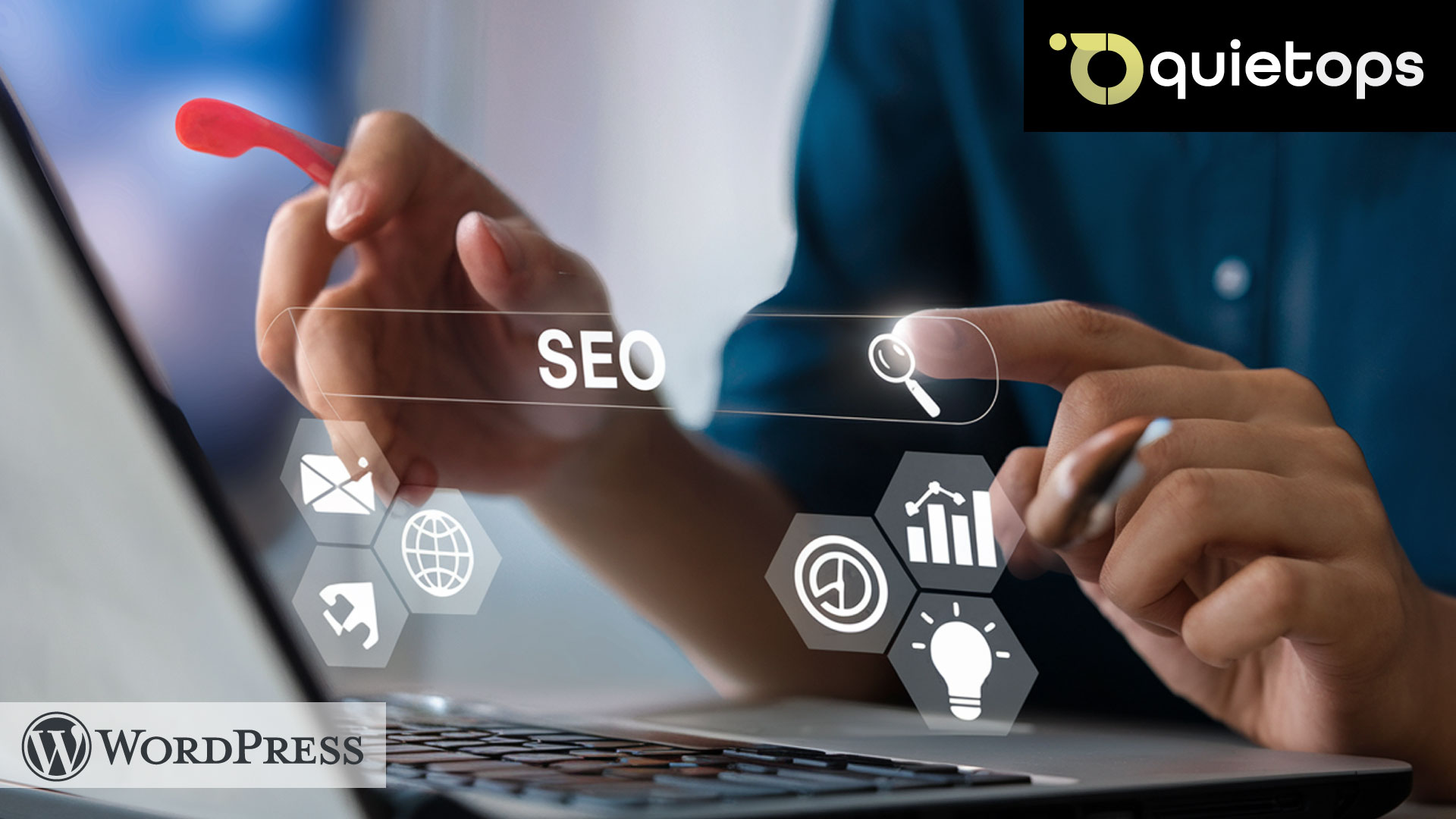
SEO is a continuous process. Your rankings are impacted by poor maintenance.
- Slow speeds, out-of-date content, and broken links destroy rankings.
- After updates, SEO plugins may become incorrectly configured.
Site errors and ignored metadata result in a 40% decrease in traffic for a local business. SEO and maintenance go hand in hand. Establish audits every three months.
17. Absence of performance monitoring or uptime

You won’t be aware of what’s failing if you’re not paying attention.
- Little lags or outages are ignored.
- You lose out on chances to address problems before users do.
No one realized that a page was timing out, which is why a campaign launch fails. Track performance metrics and uptime with easy-to-use tools.
18. Inadequate Configuration for Hosting
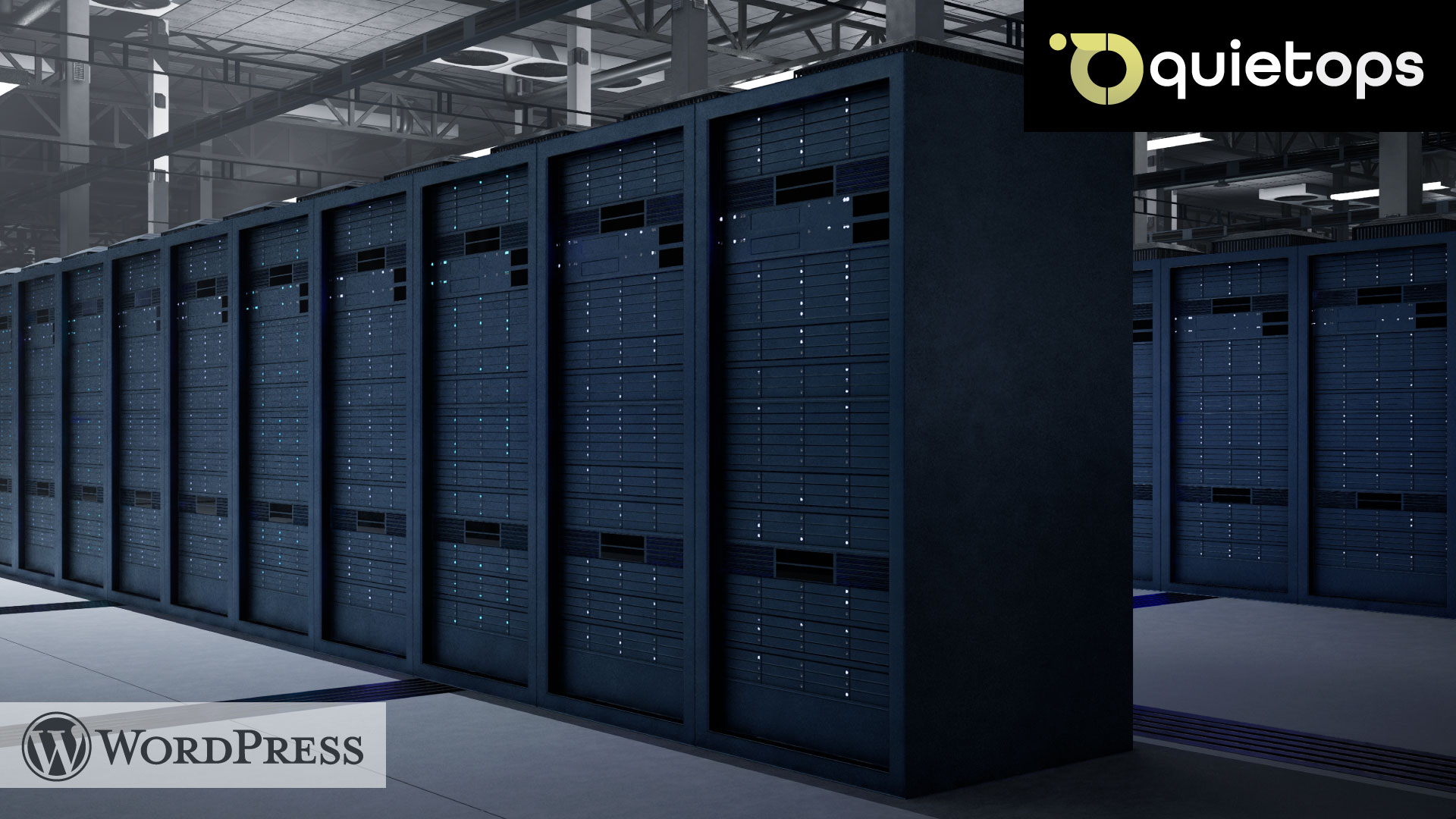
Hosting involves more than just choosing a provider; it also involves optimization and setup.
- Resources are throttled by shared servers.
- Scalability is limited by misconfigured servers.
- Low-cost hosting equates to inadequate support.
CPU limits cause an agency website to crash during a product launch. Your host must accommodate both your budget and your growth.
19. Cron Job Failures
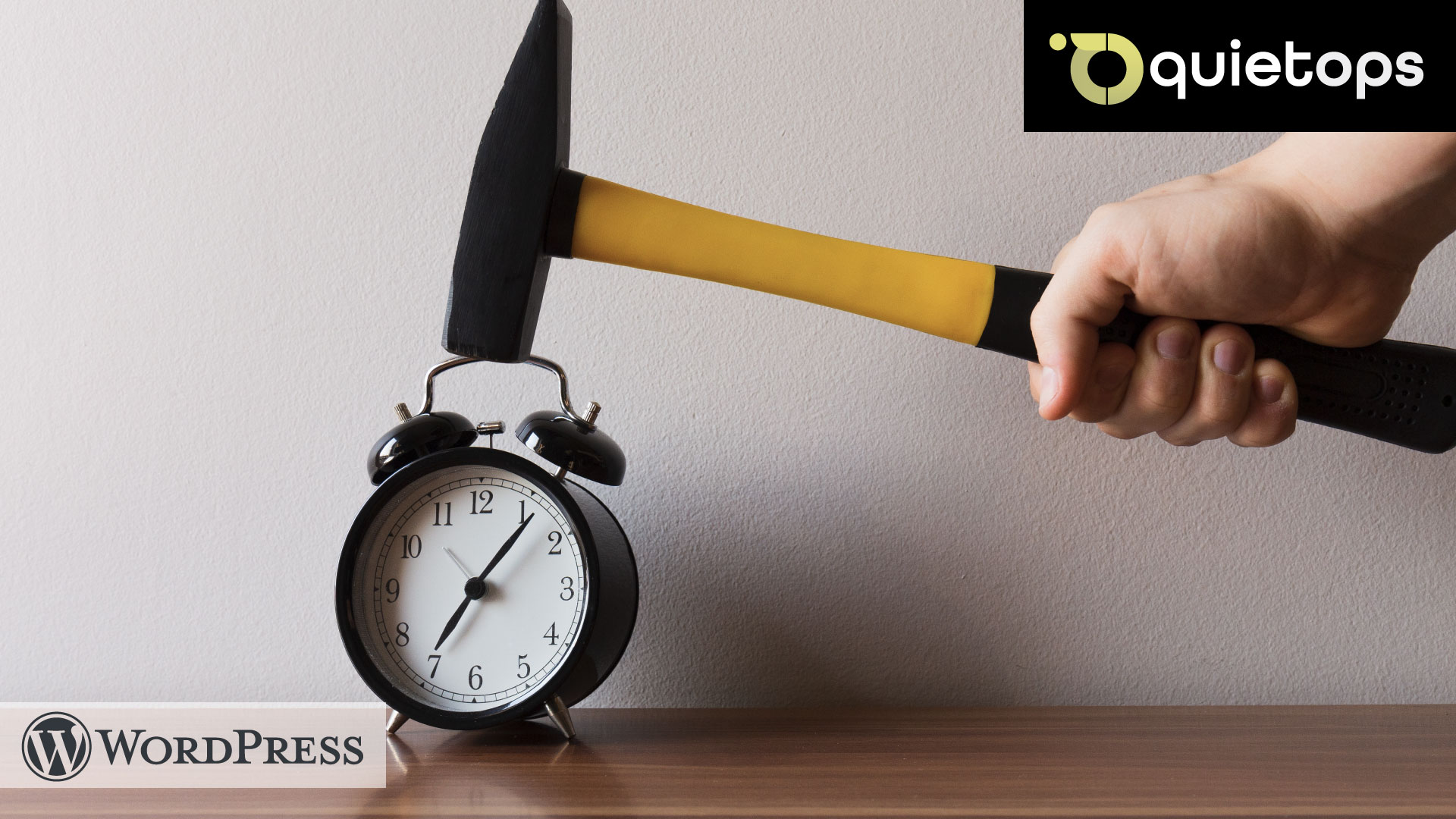
Few people keep an eye on the scheduled tasks (cron jobs) that WordPress depends on.
- Missed cron jobs result in missed emails, backups, and cleanups.
- A built-in alert for failed jobs does not exist.
A cron job failed silently, preventing a site’s newsletter from ever sending. Examine the tasks that are scheduled and think about using external cron monitoring.
20. Absence of Responsibility for Maintenance Activities
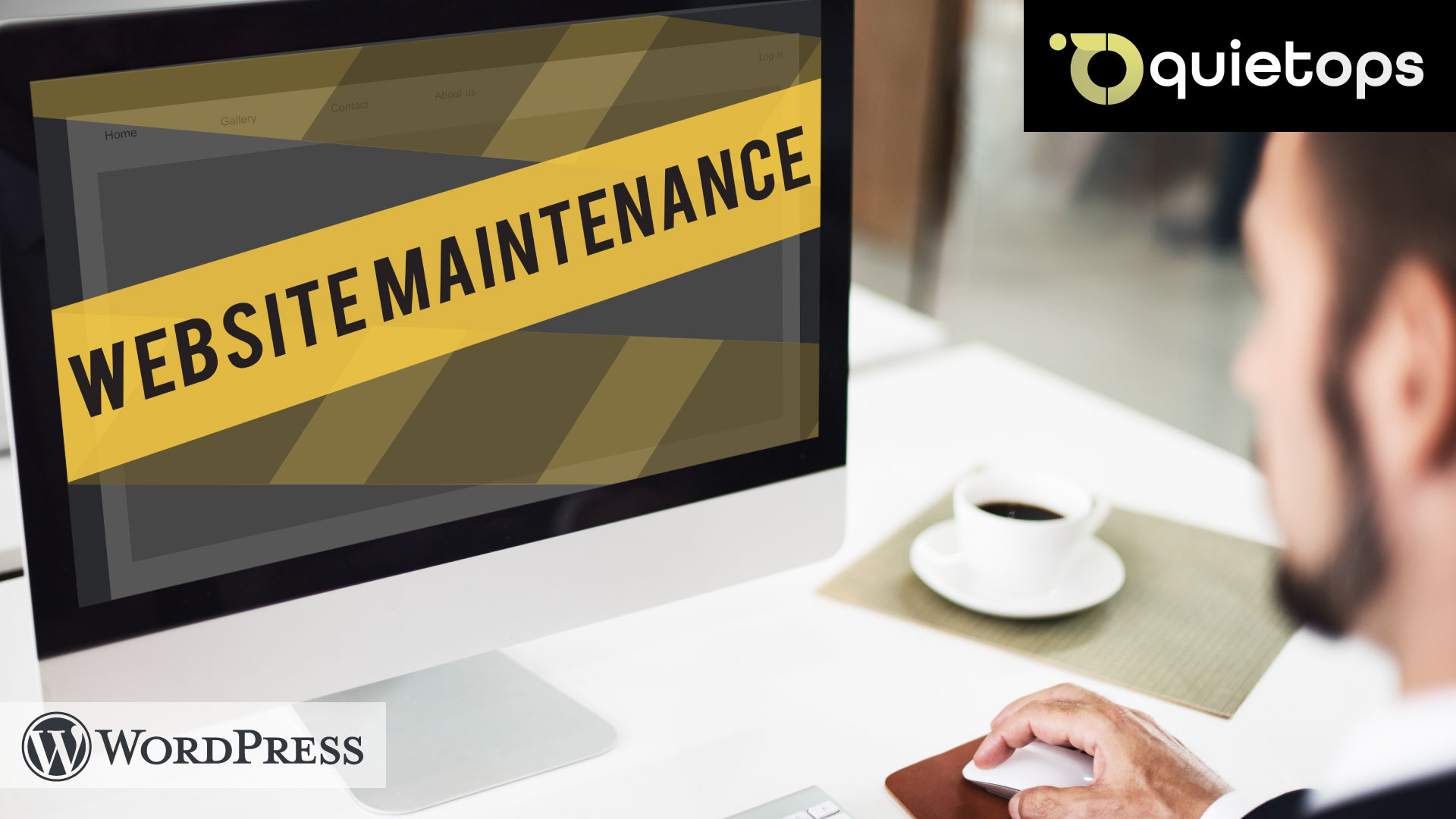
Maintenance is assumed to be handled by someone else—until nobody is.
- Assignments slip through the cracks.
- Nobody takes responsibility for the health of a website.
The website of a non-profit malfunctions. The designer believed that IT was in charge of it, while IT believed that marketing was in charge.
In conclusion
Give ownership a clear assignment. A single point of contact can have a profound impact.
Although it’s not glamorous, WordPress maintenance is necessary. Your traffic, reputation, and even income may suffer if you ignore these problems. Proactive care, not reactive repair, is the key. Services like QuietOps provide a hands-off way to maintain the security, functionality, and dependability of your WordPress website if you’re too busy or don’t know where to start.


